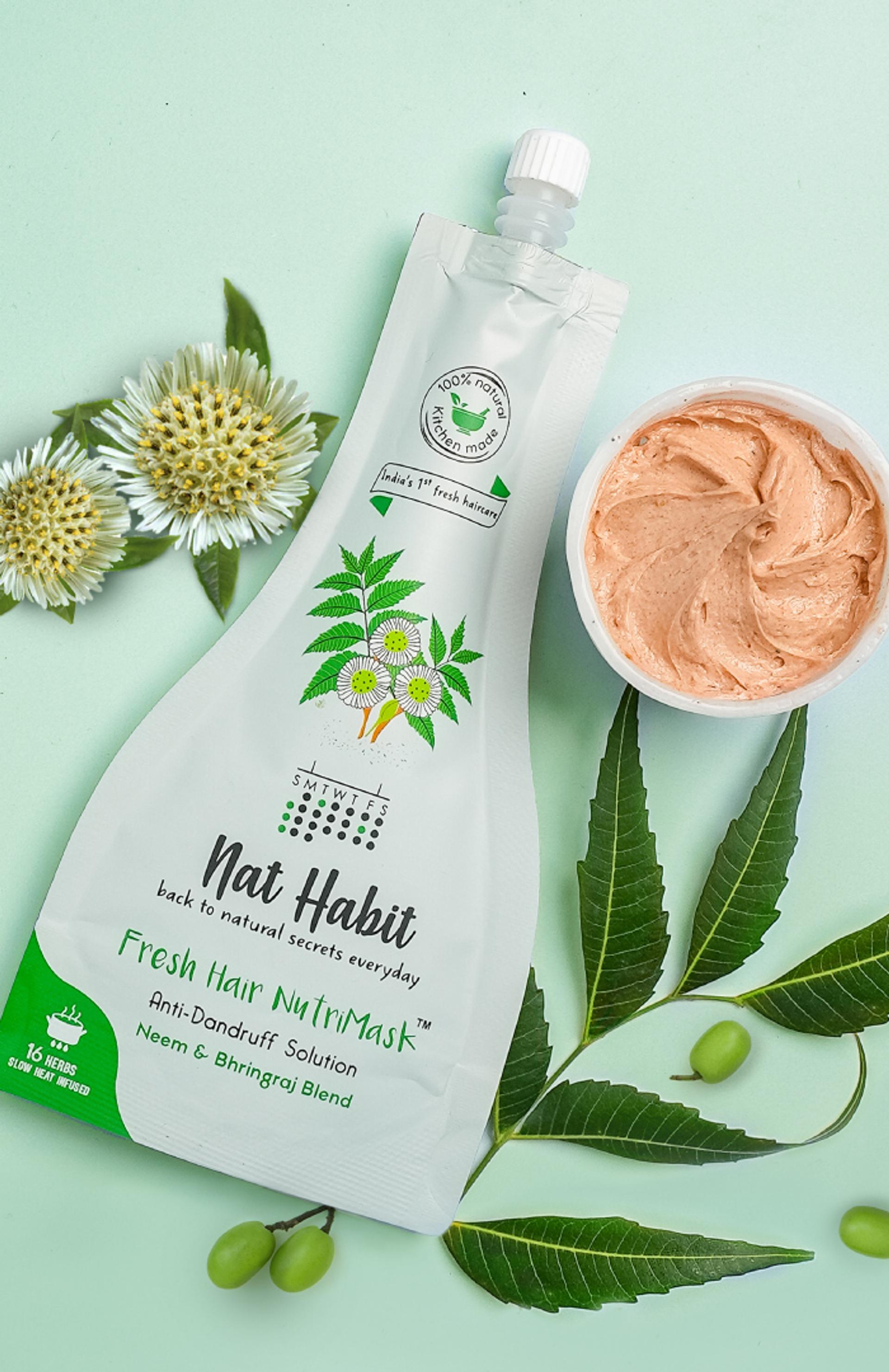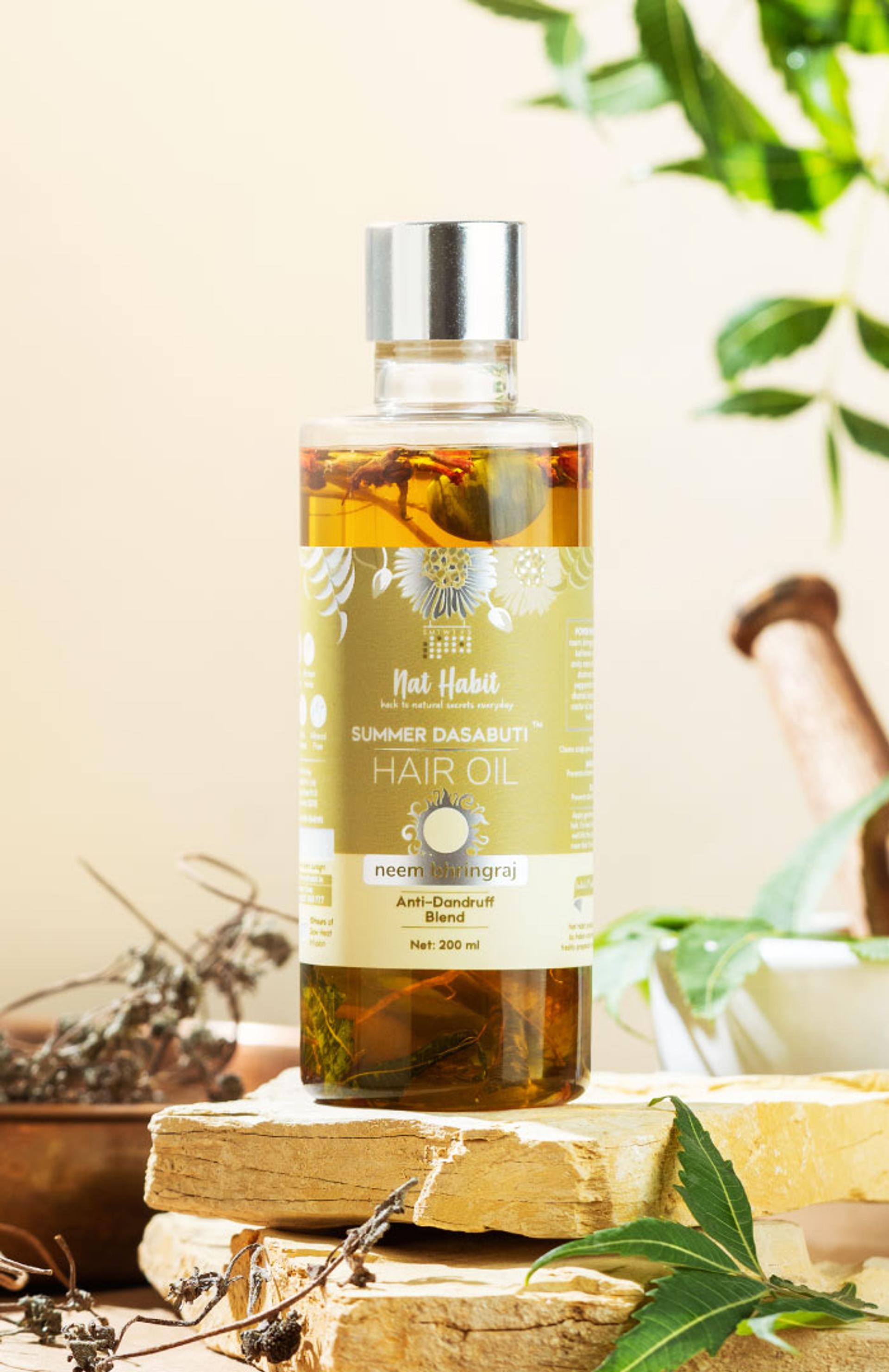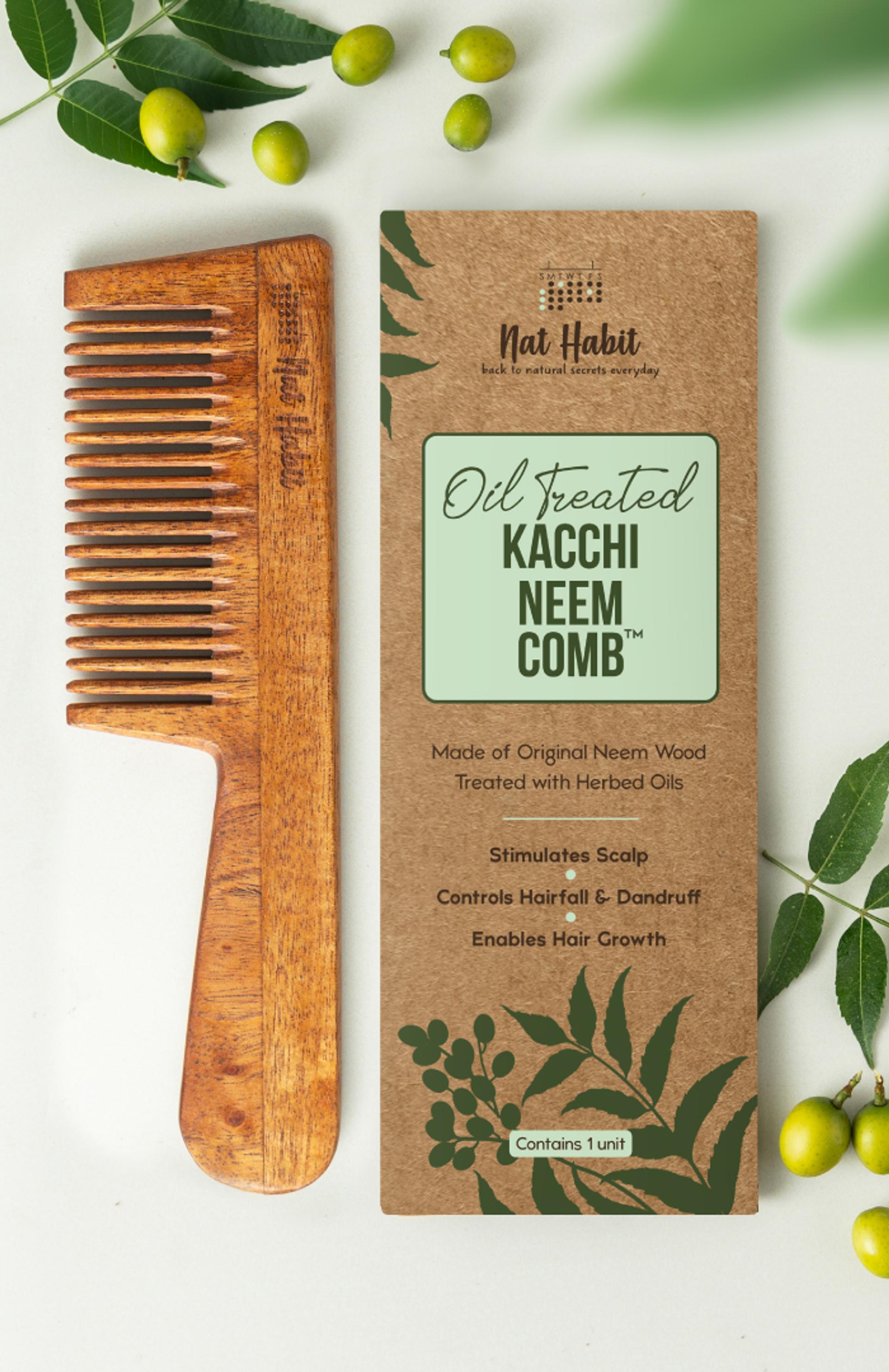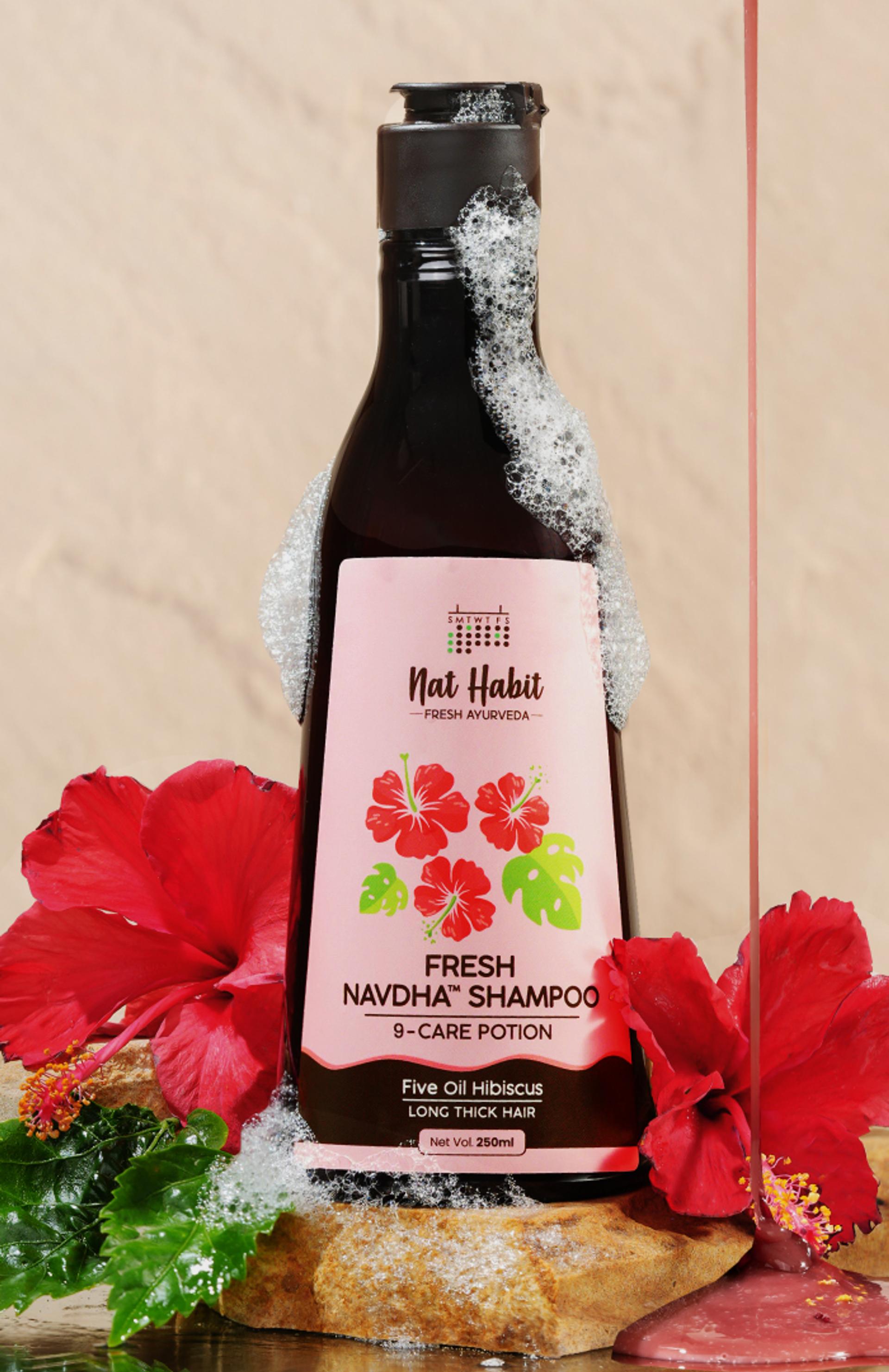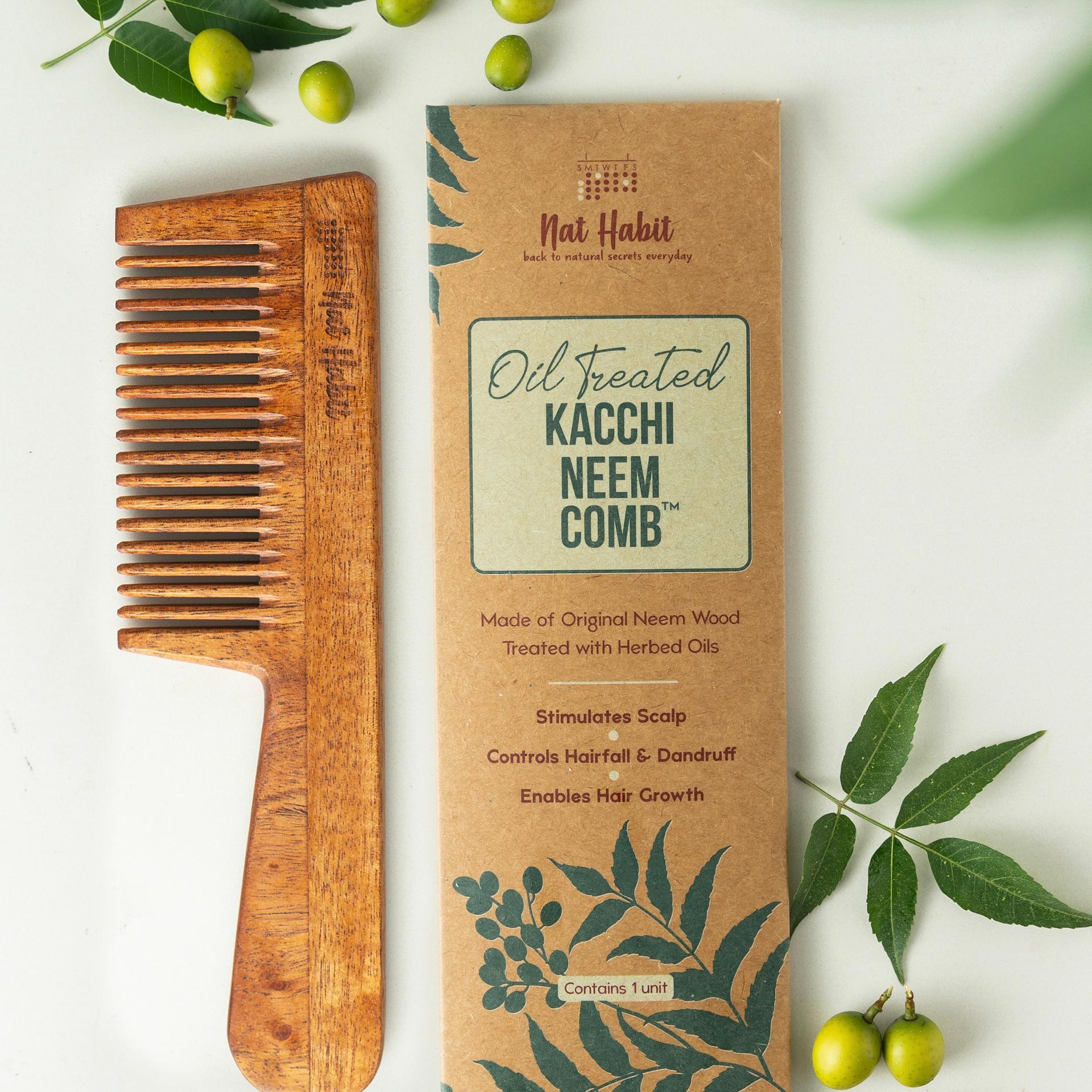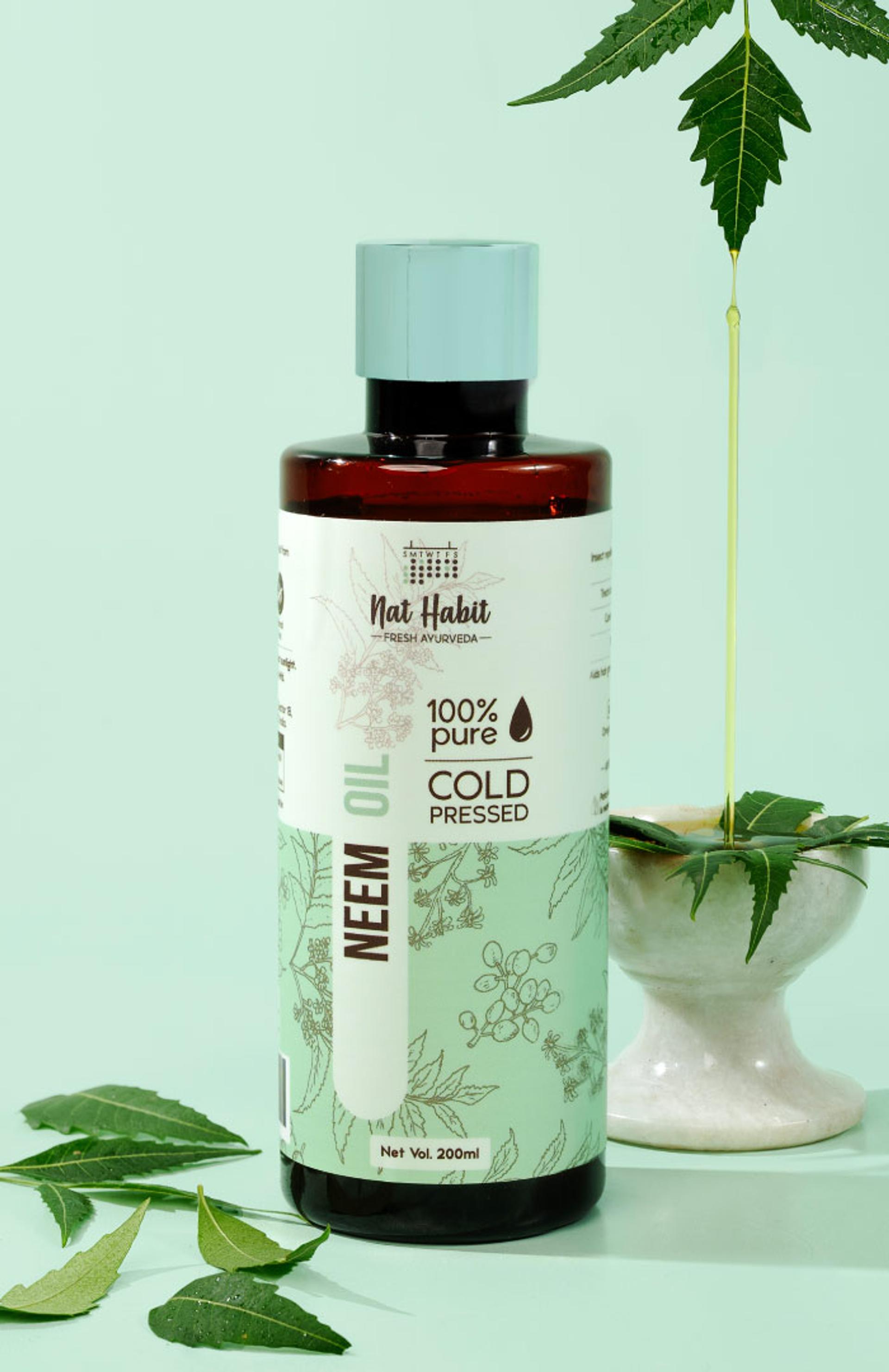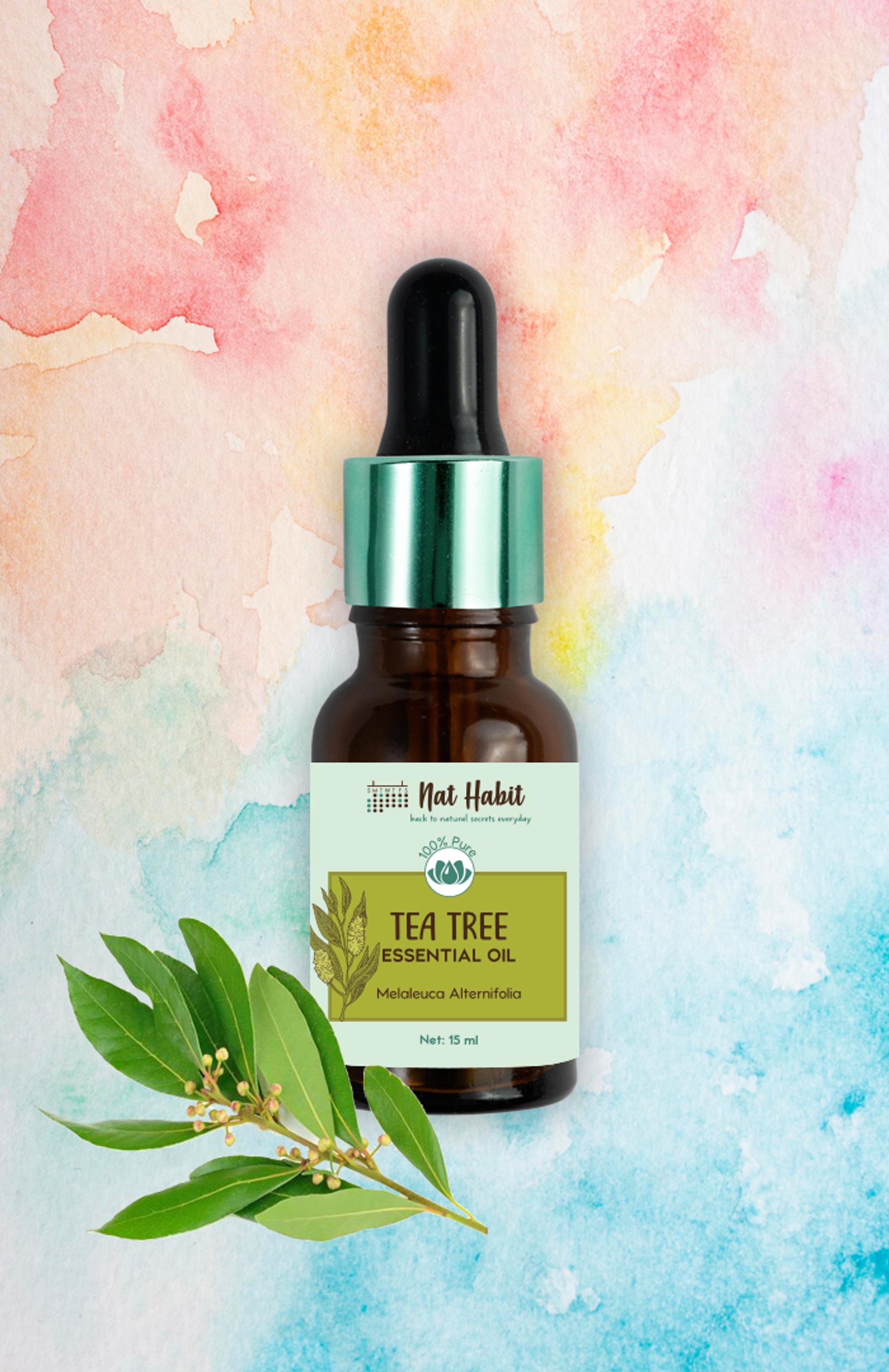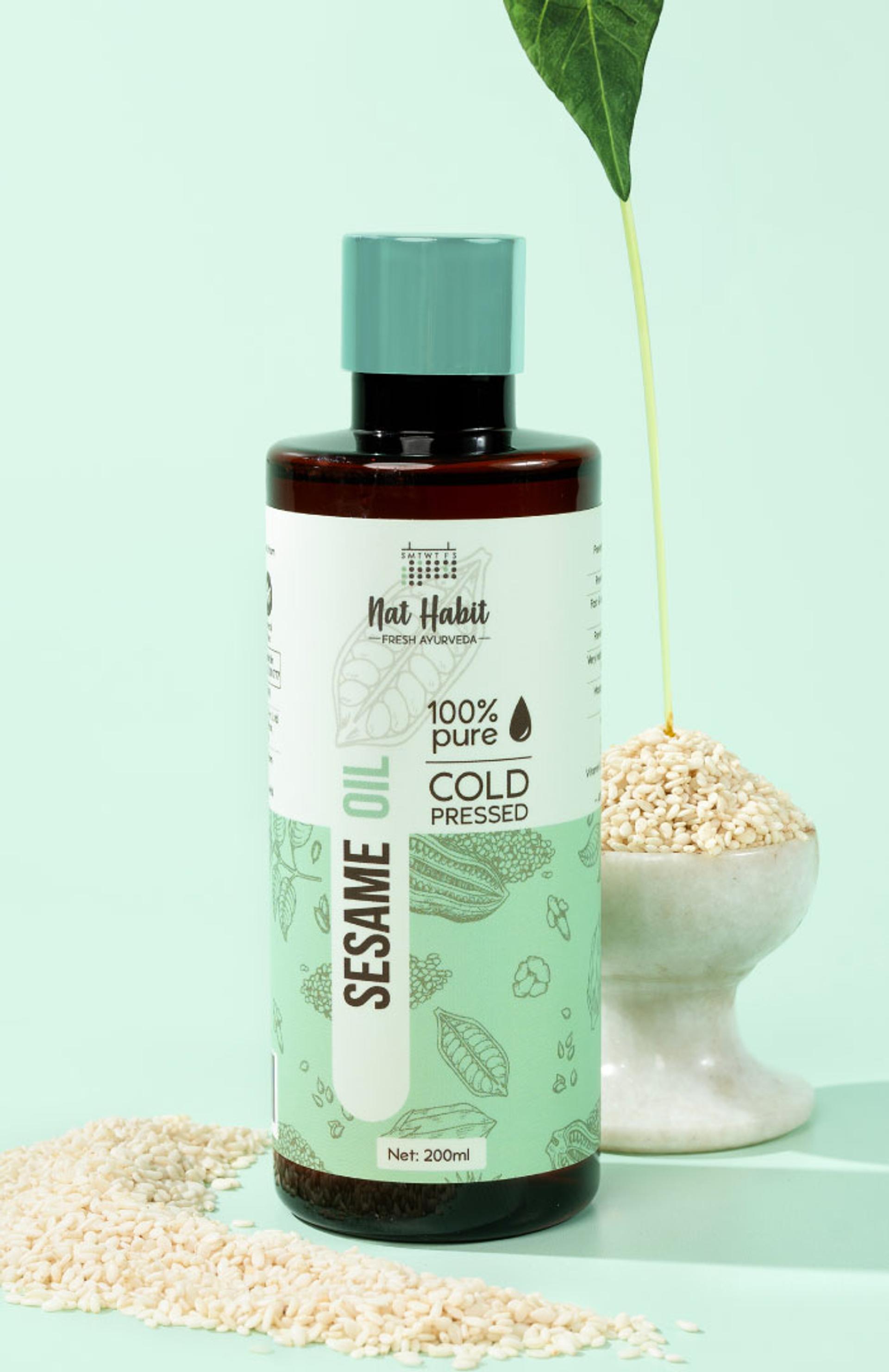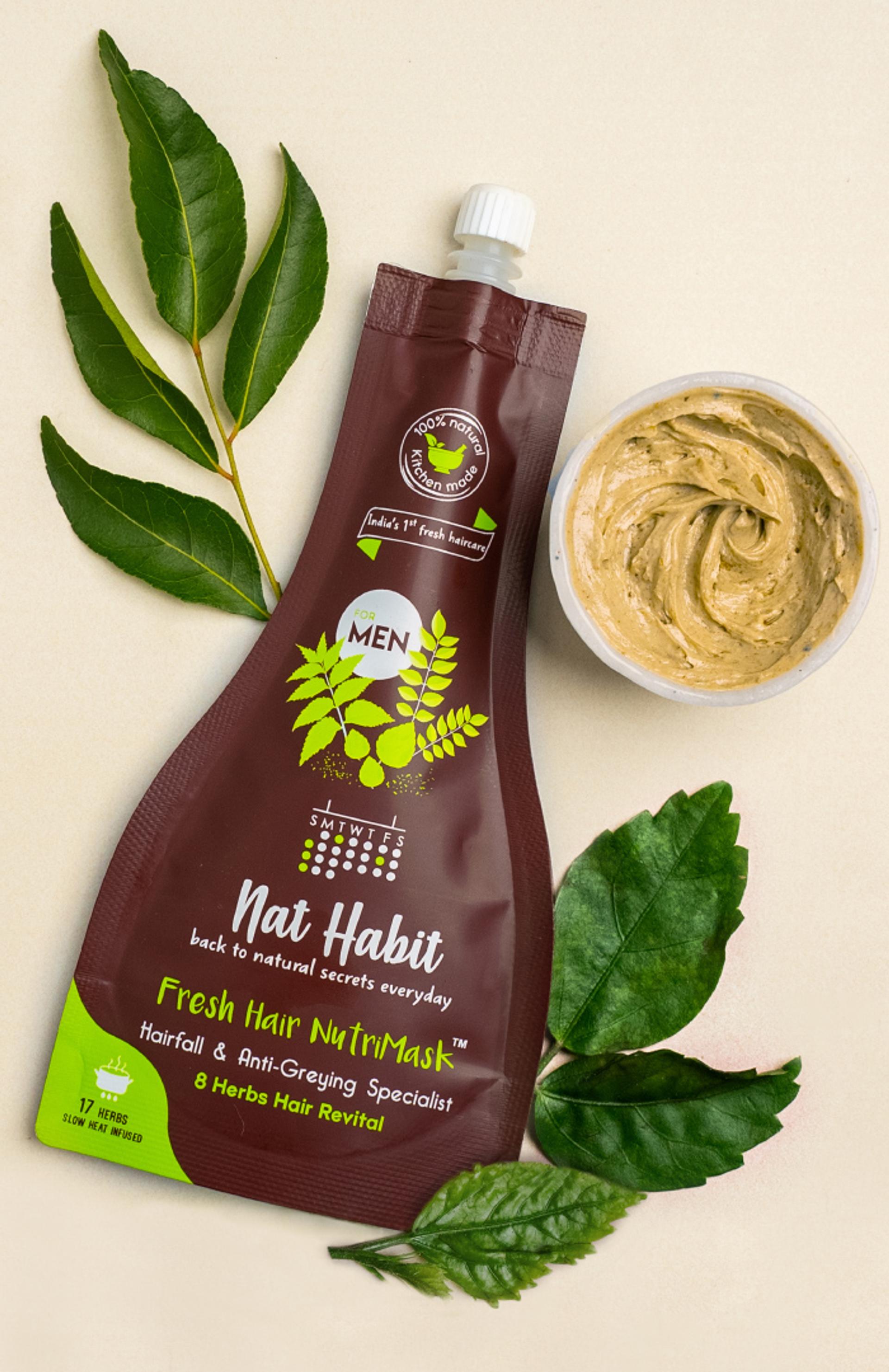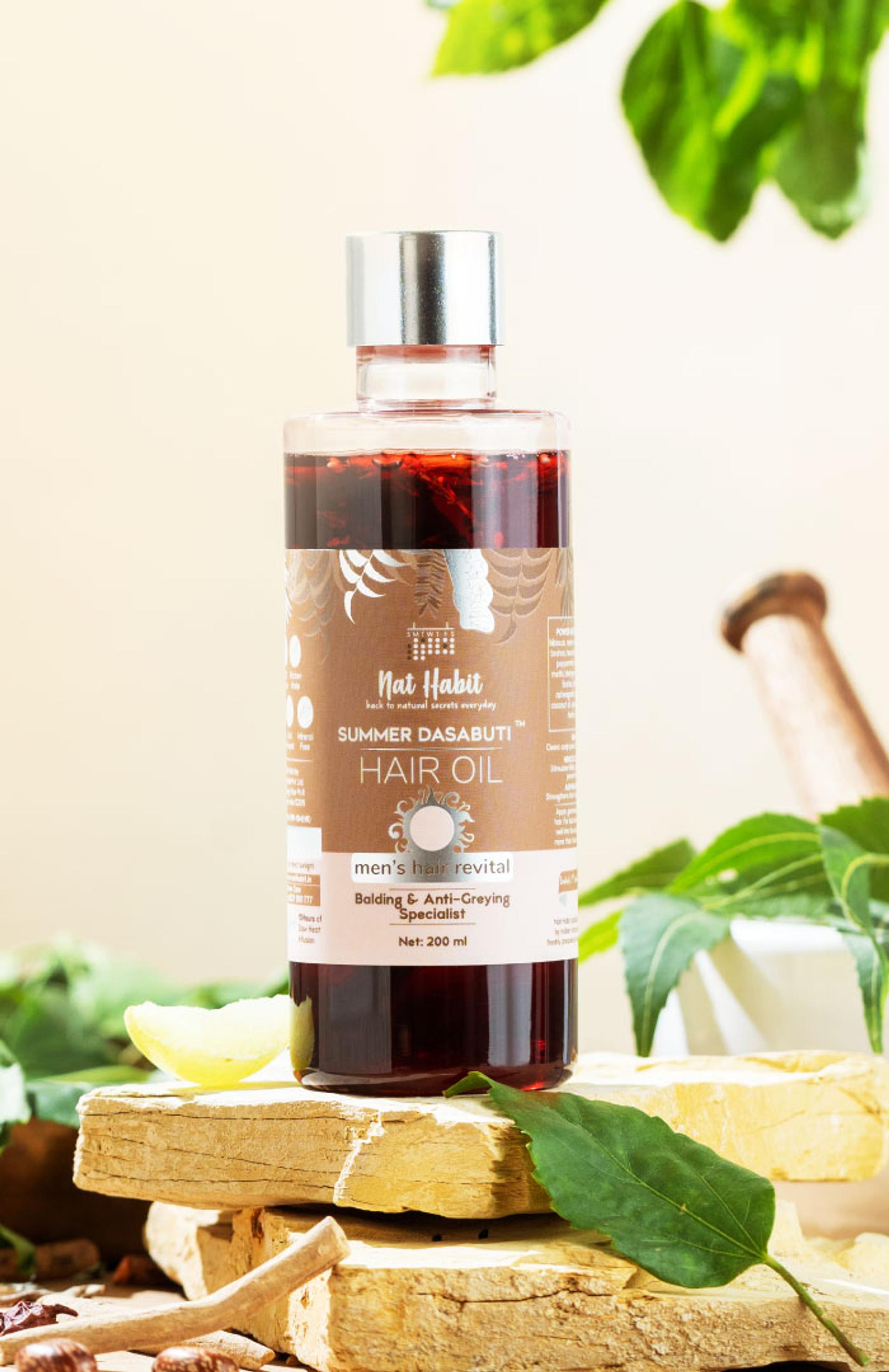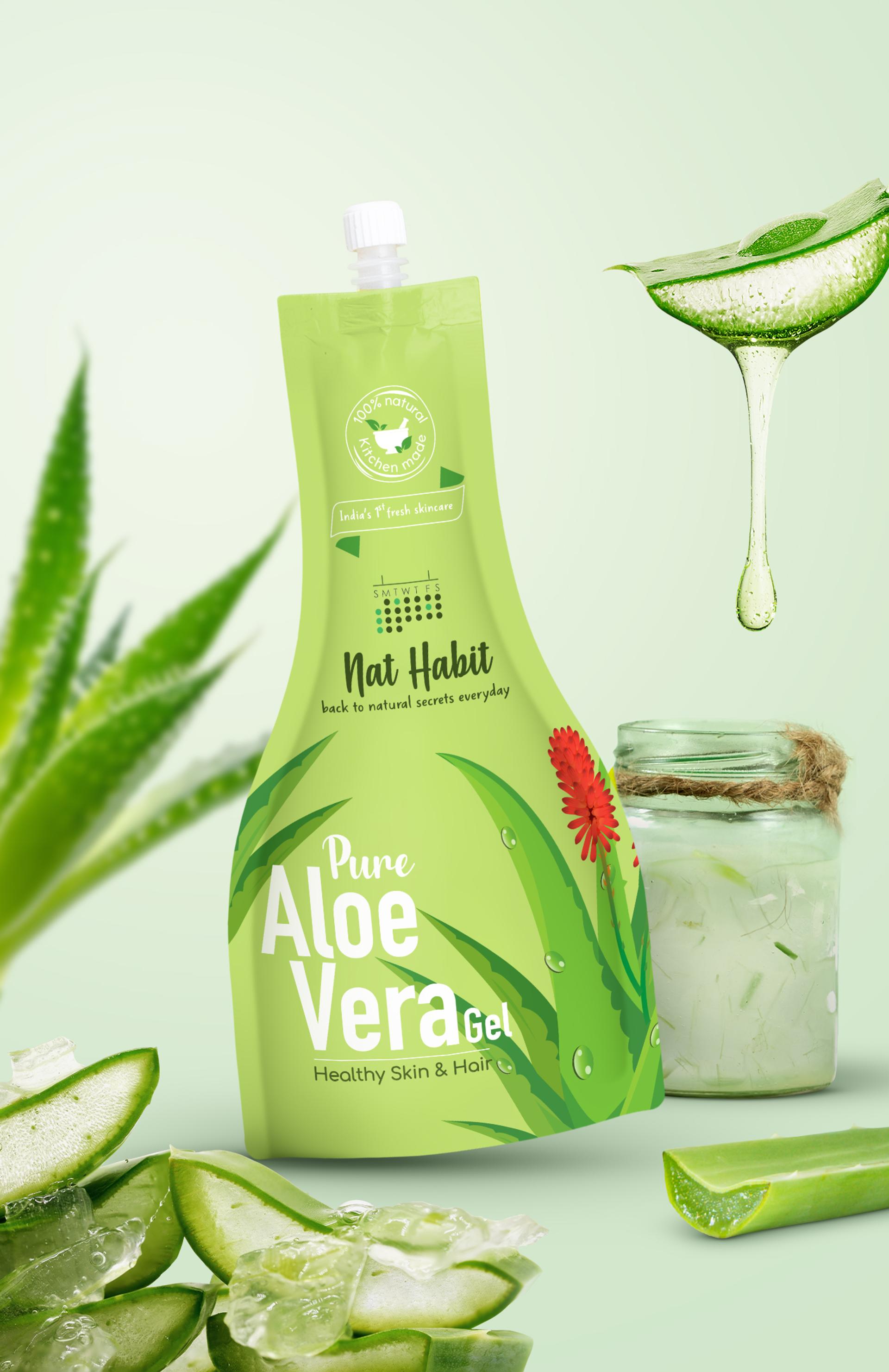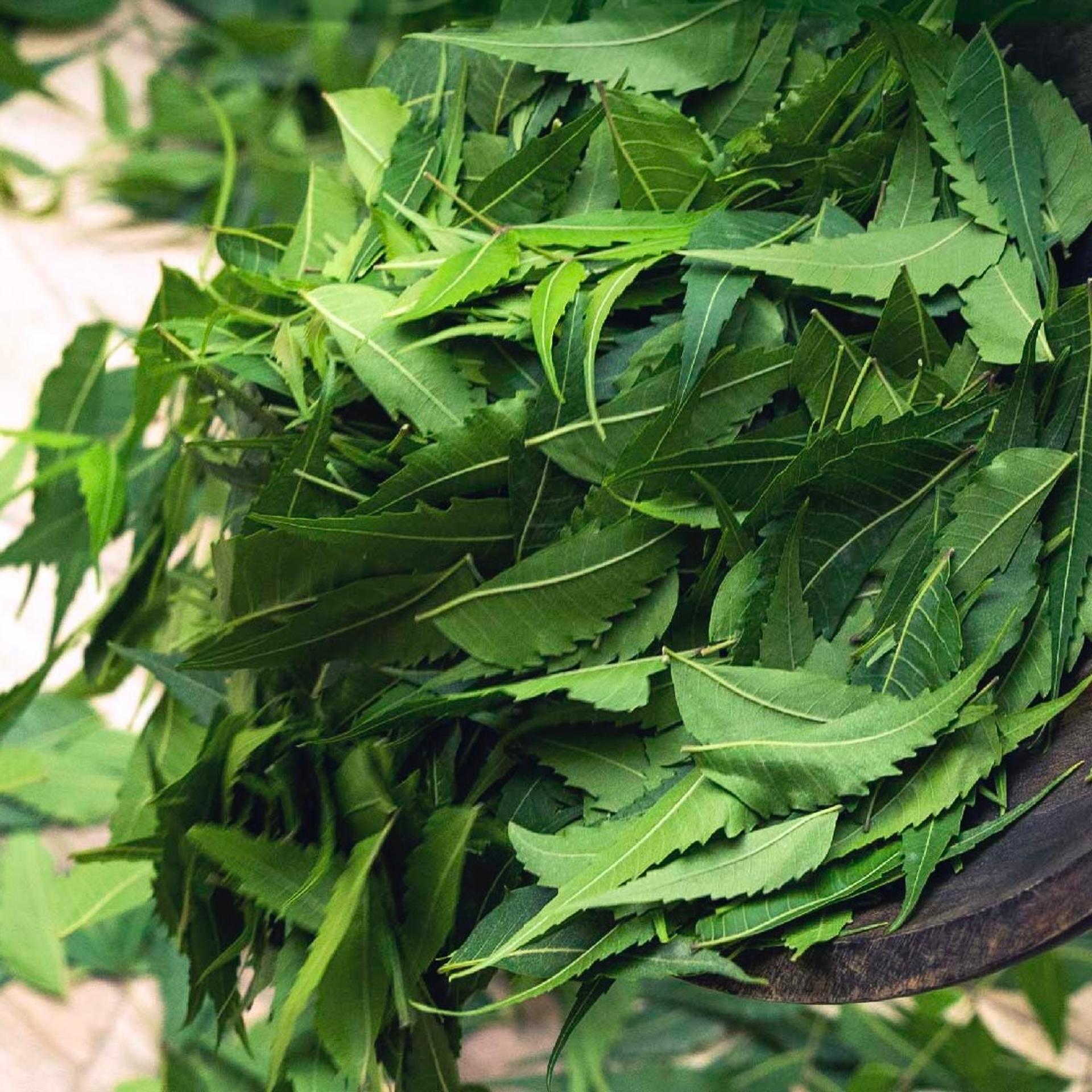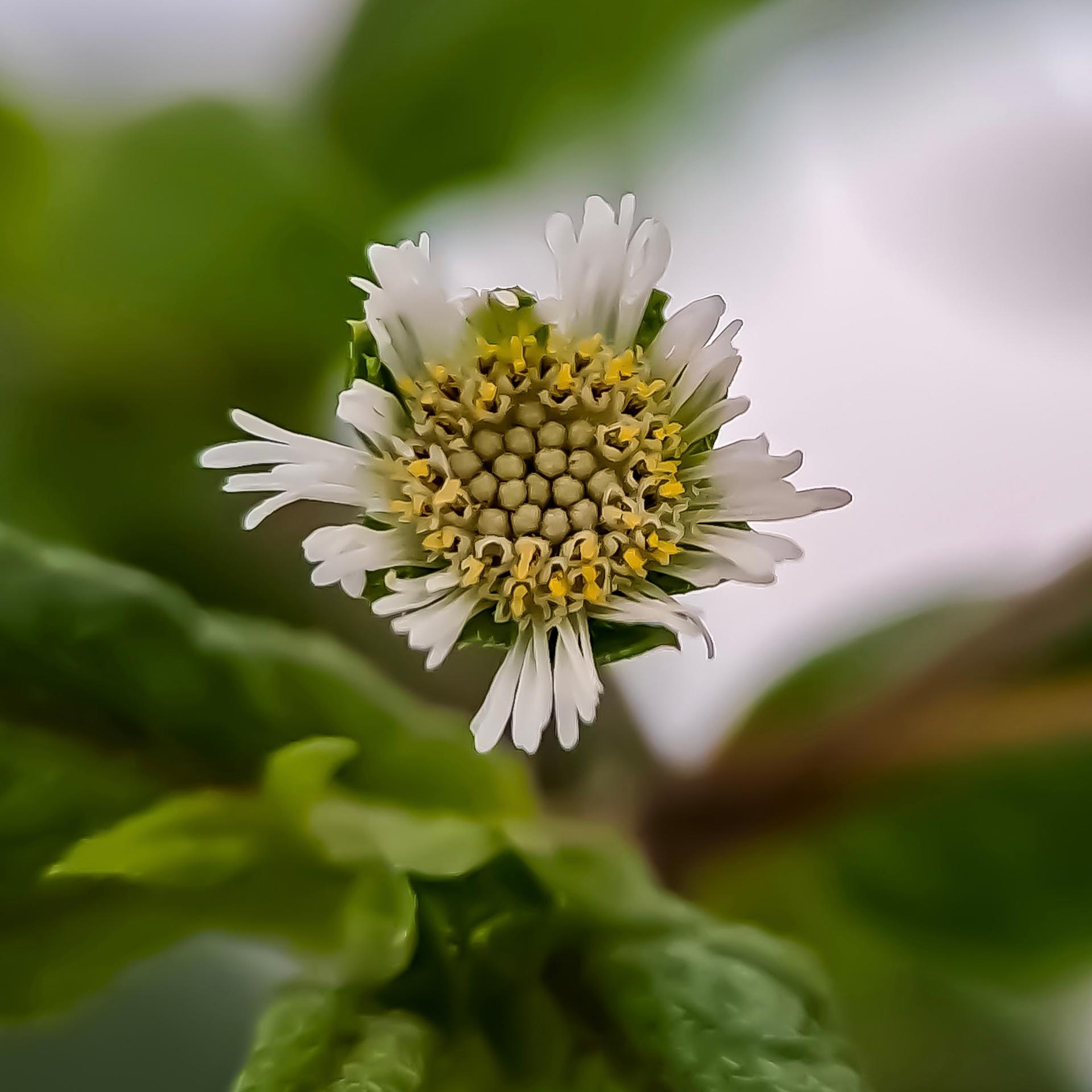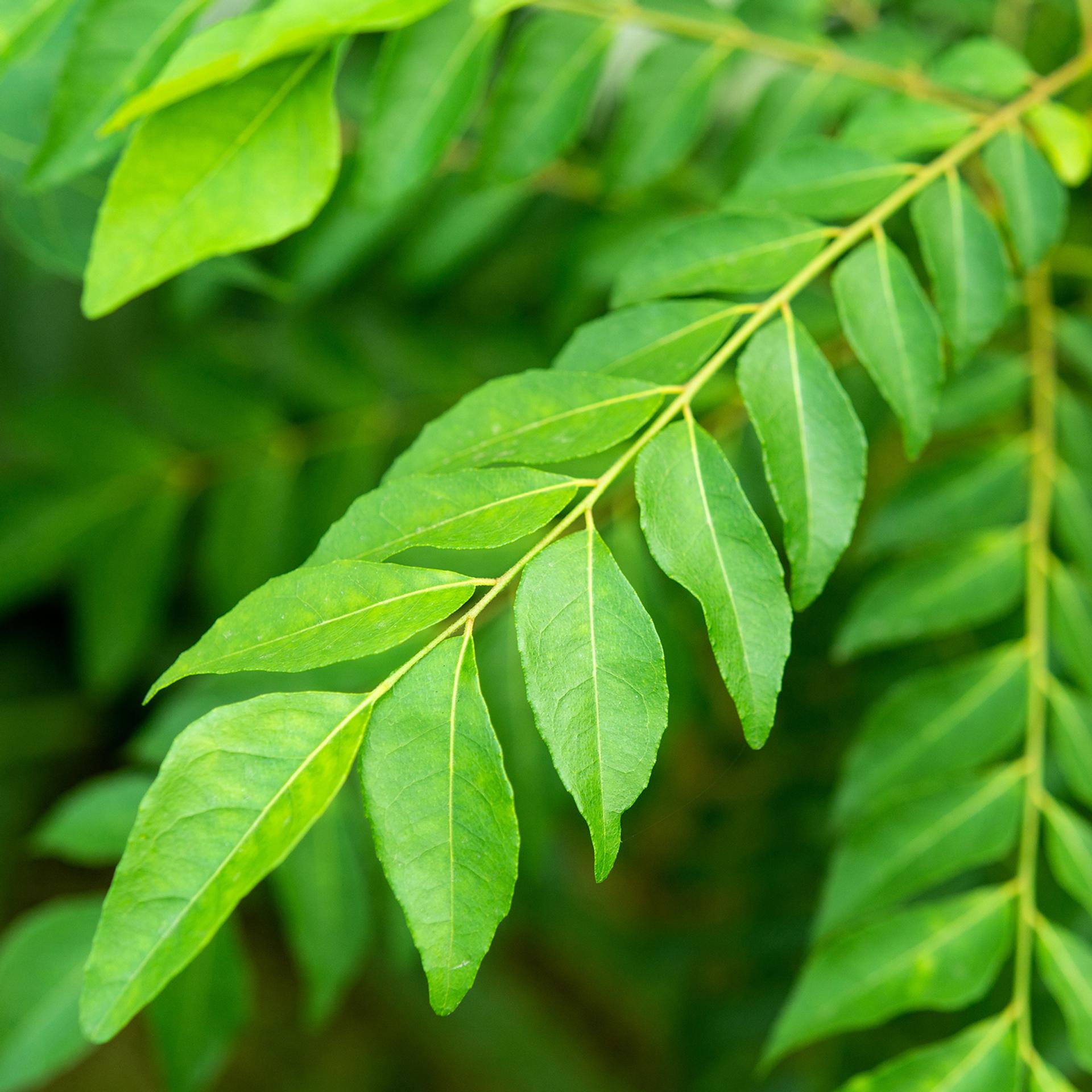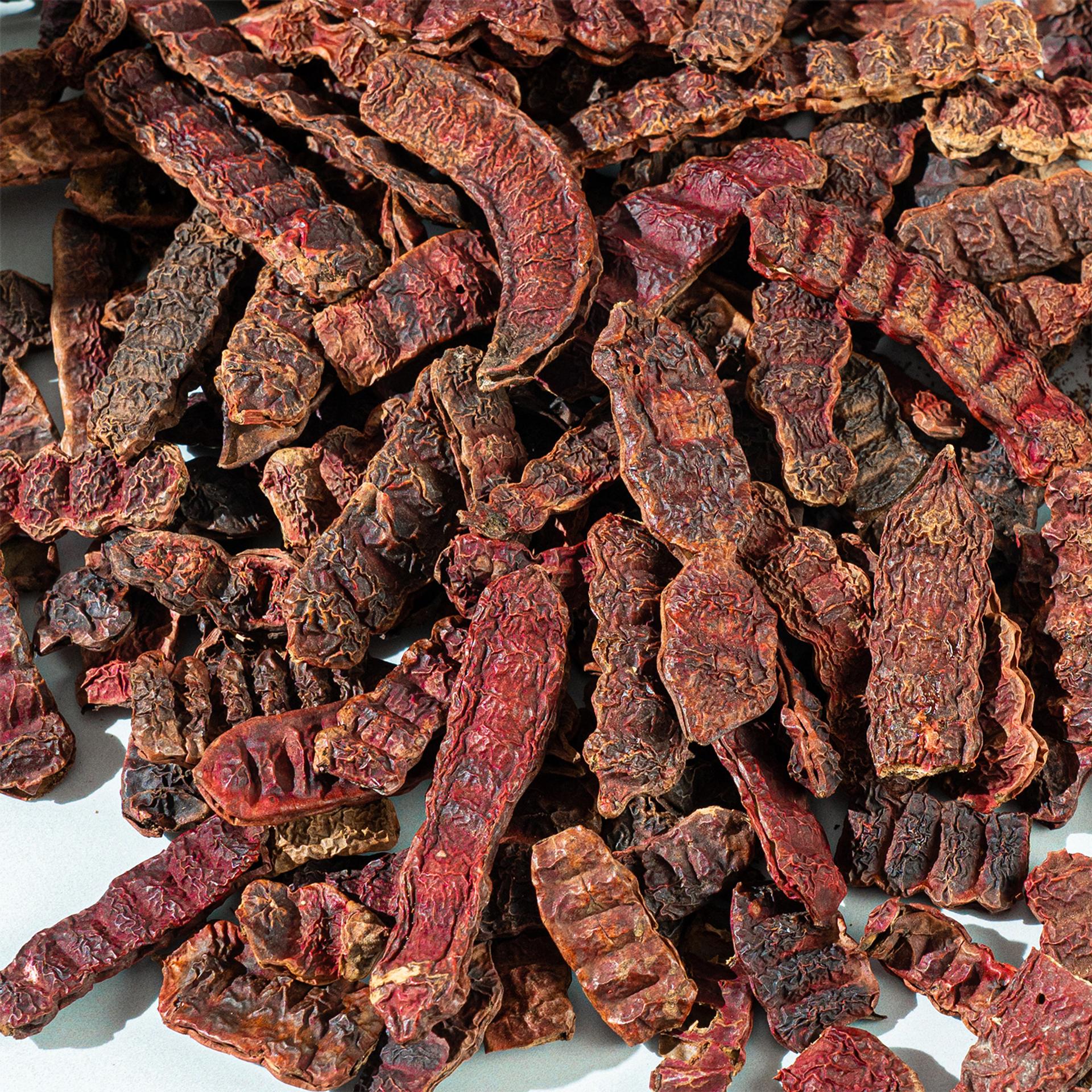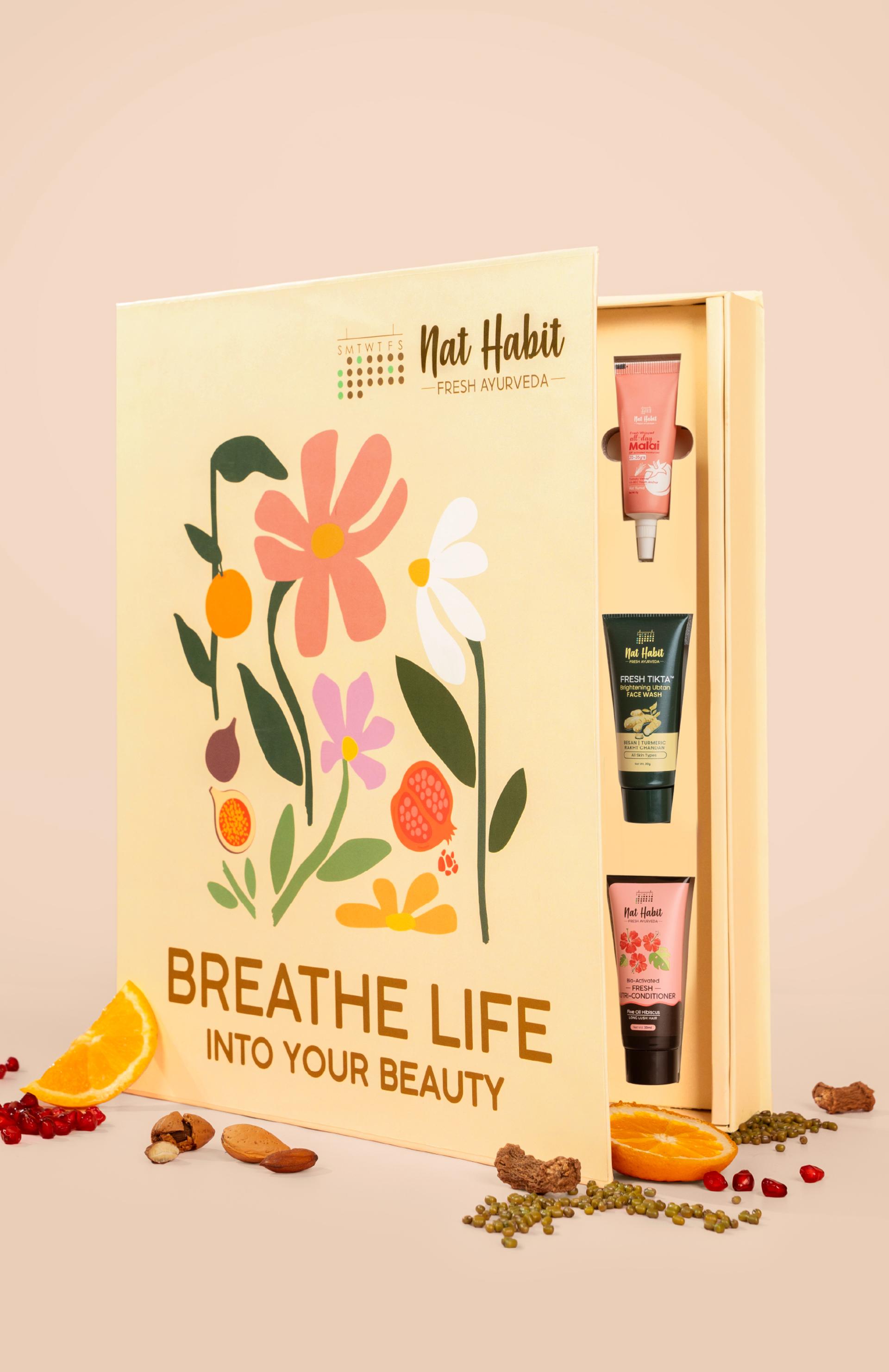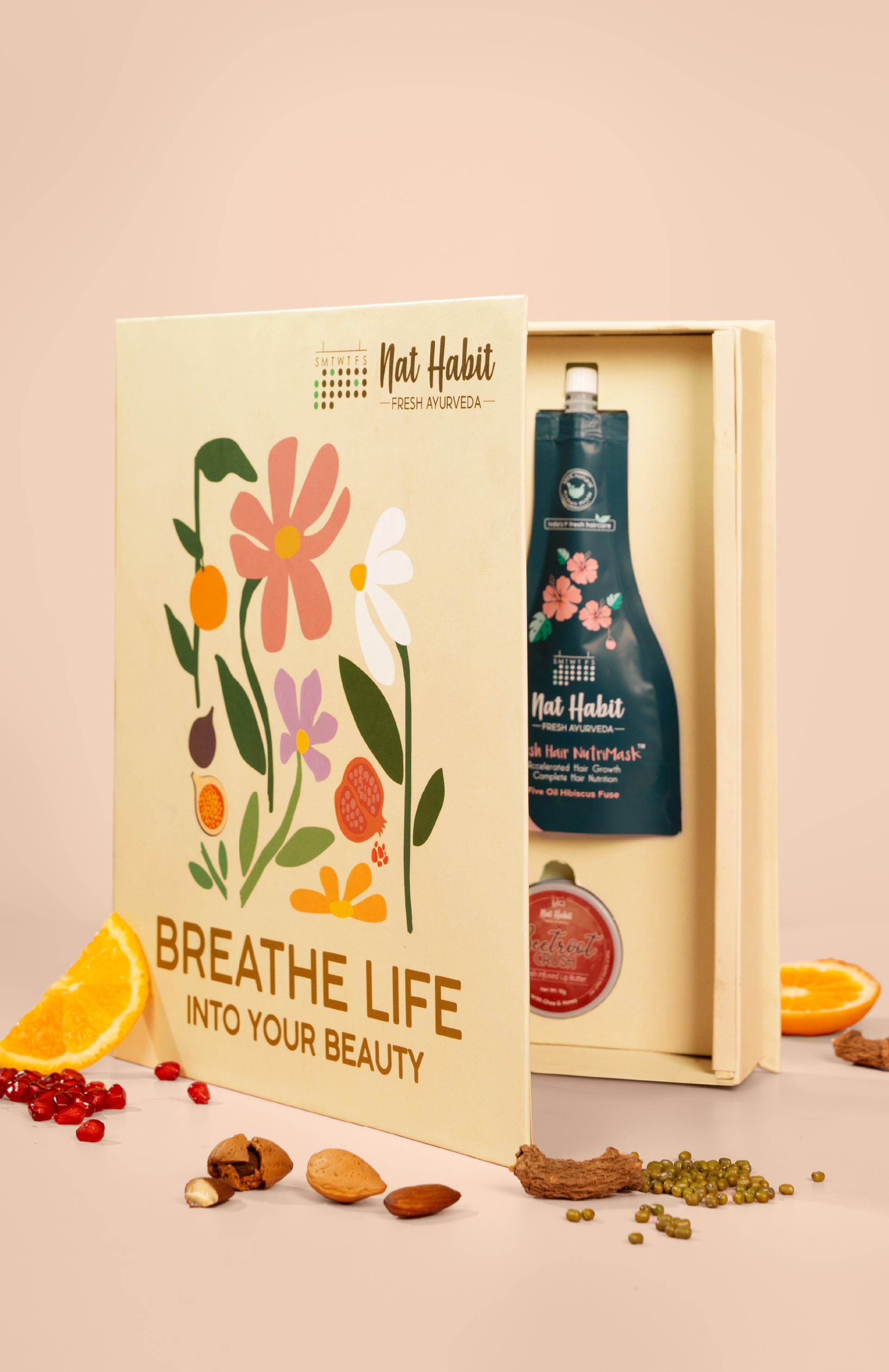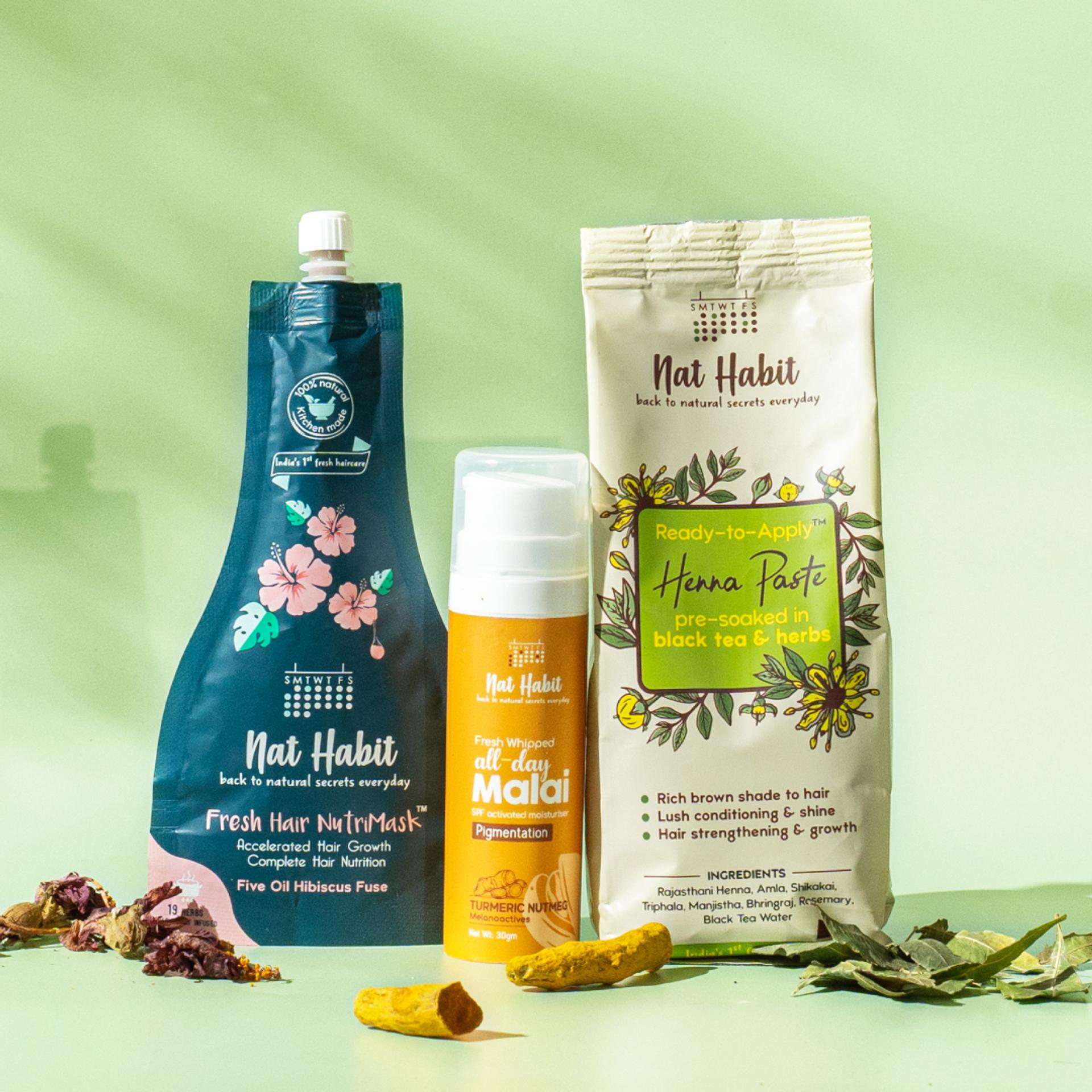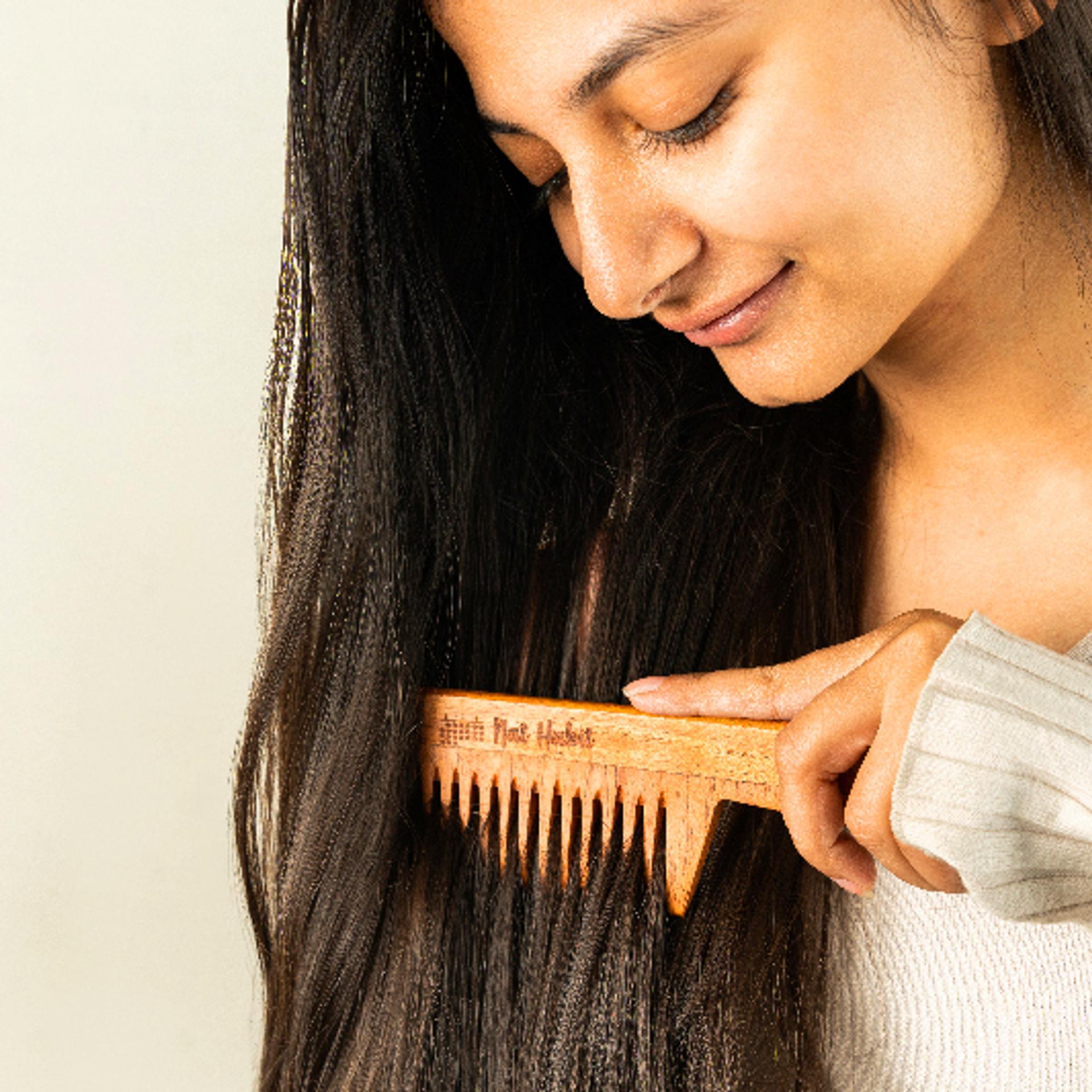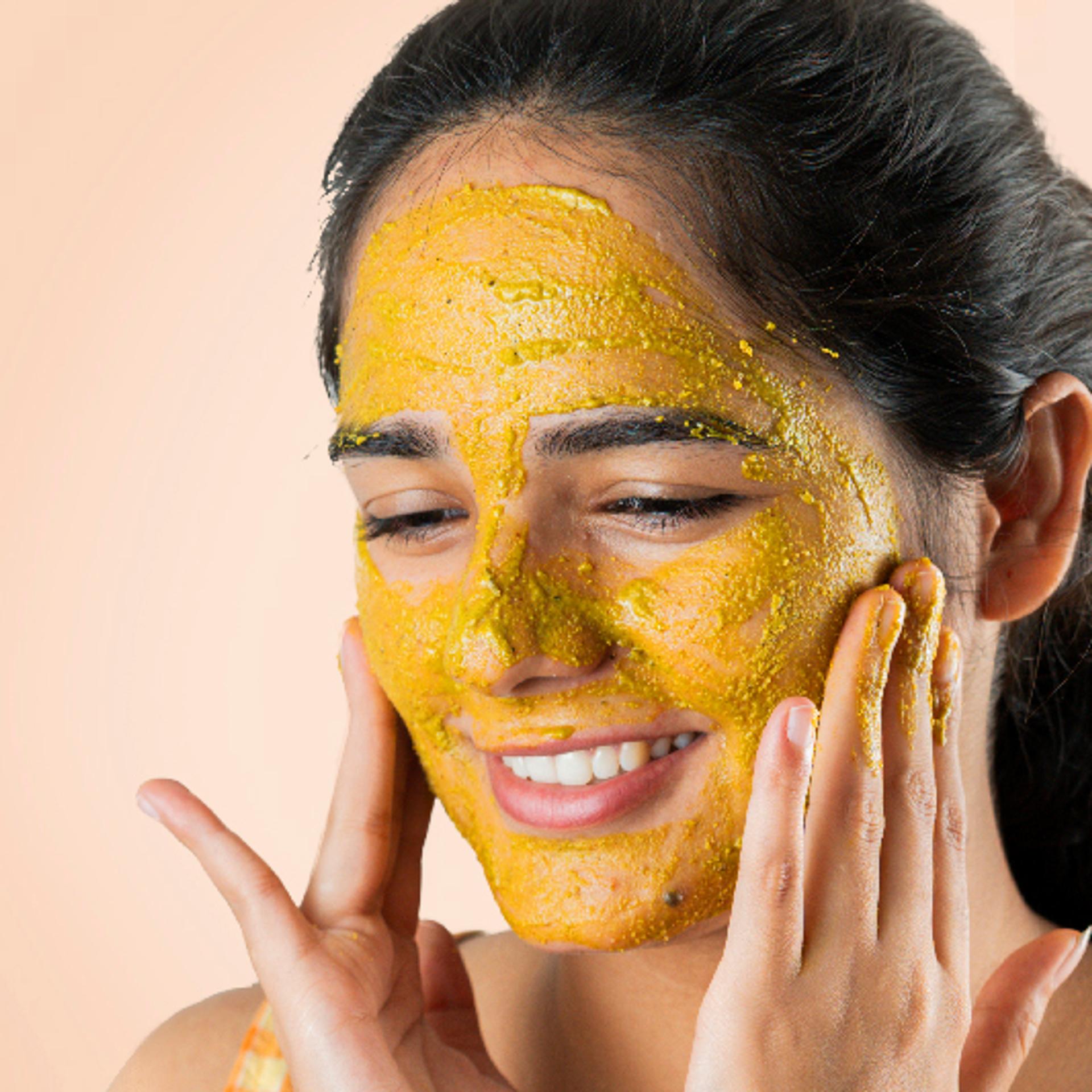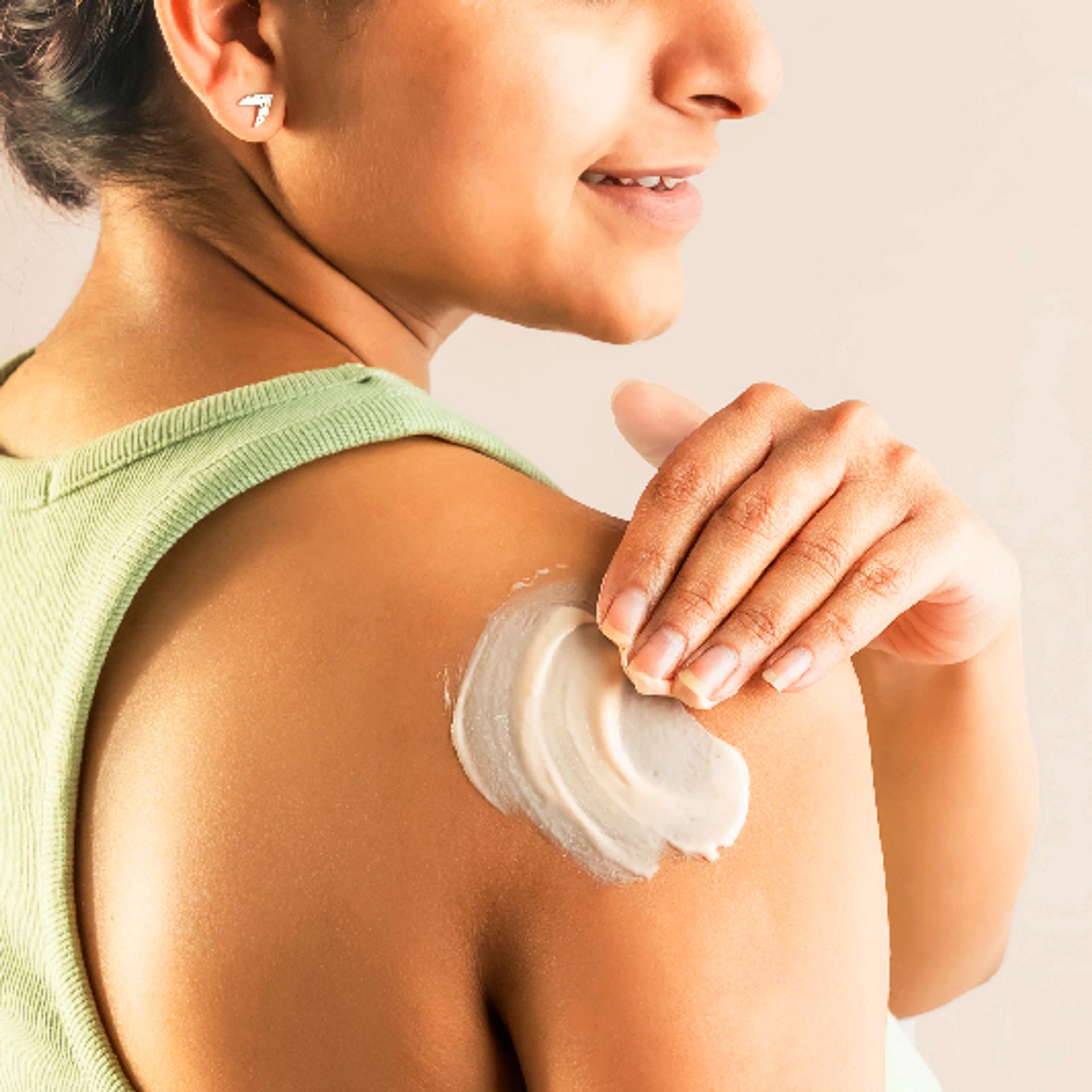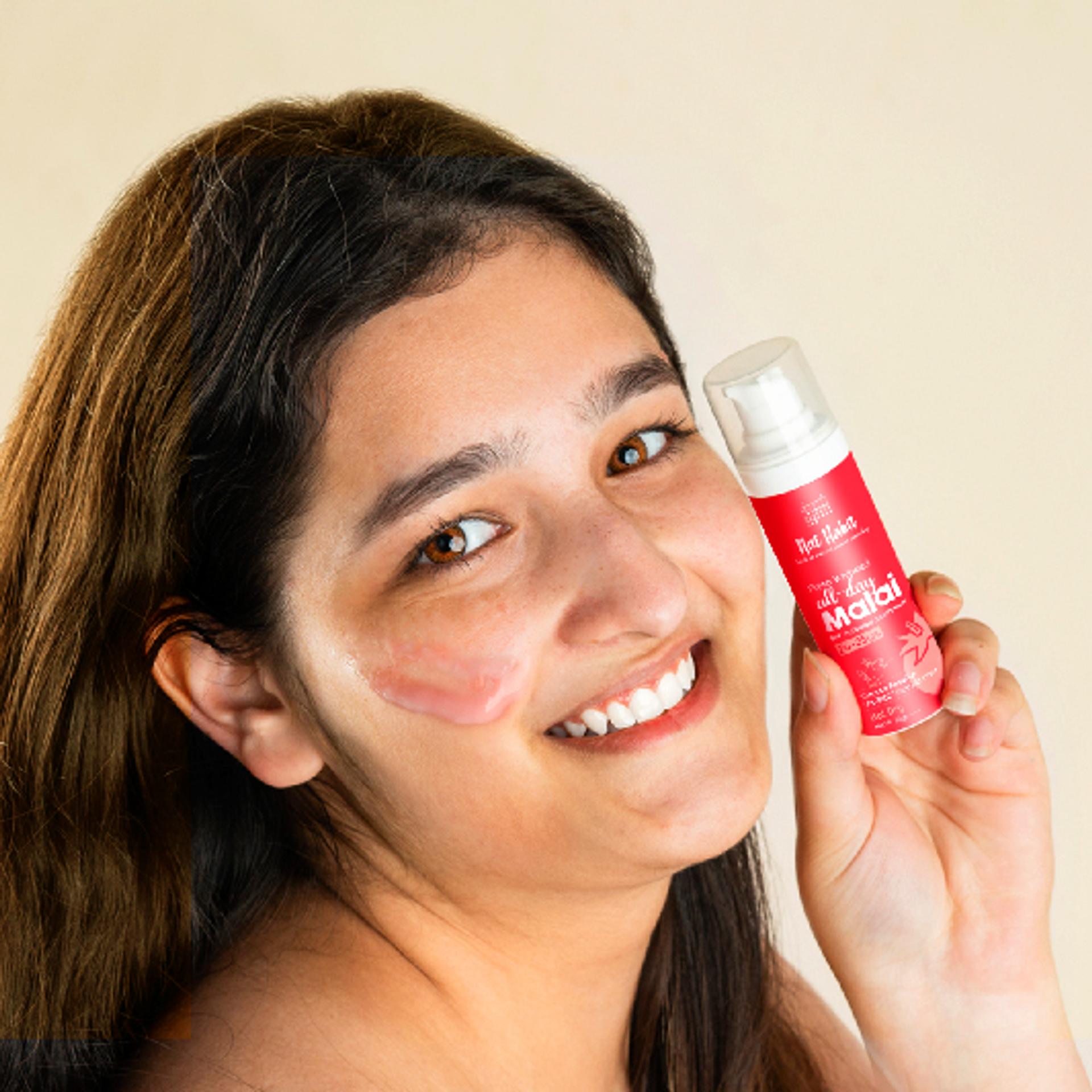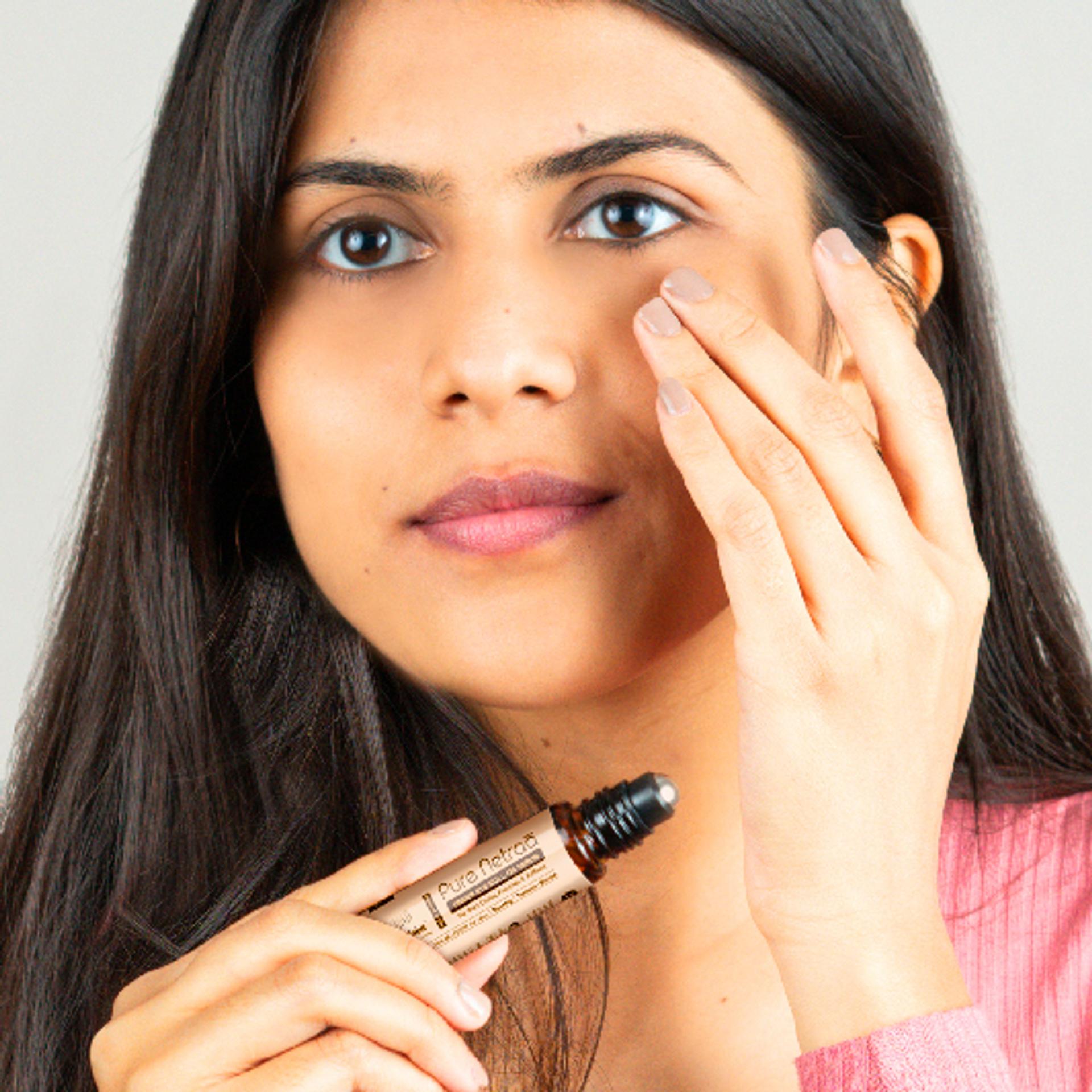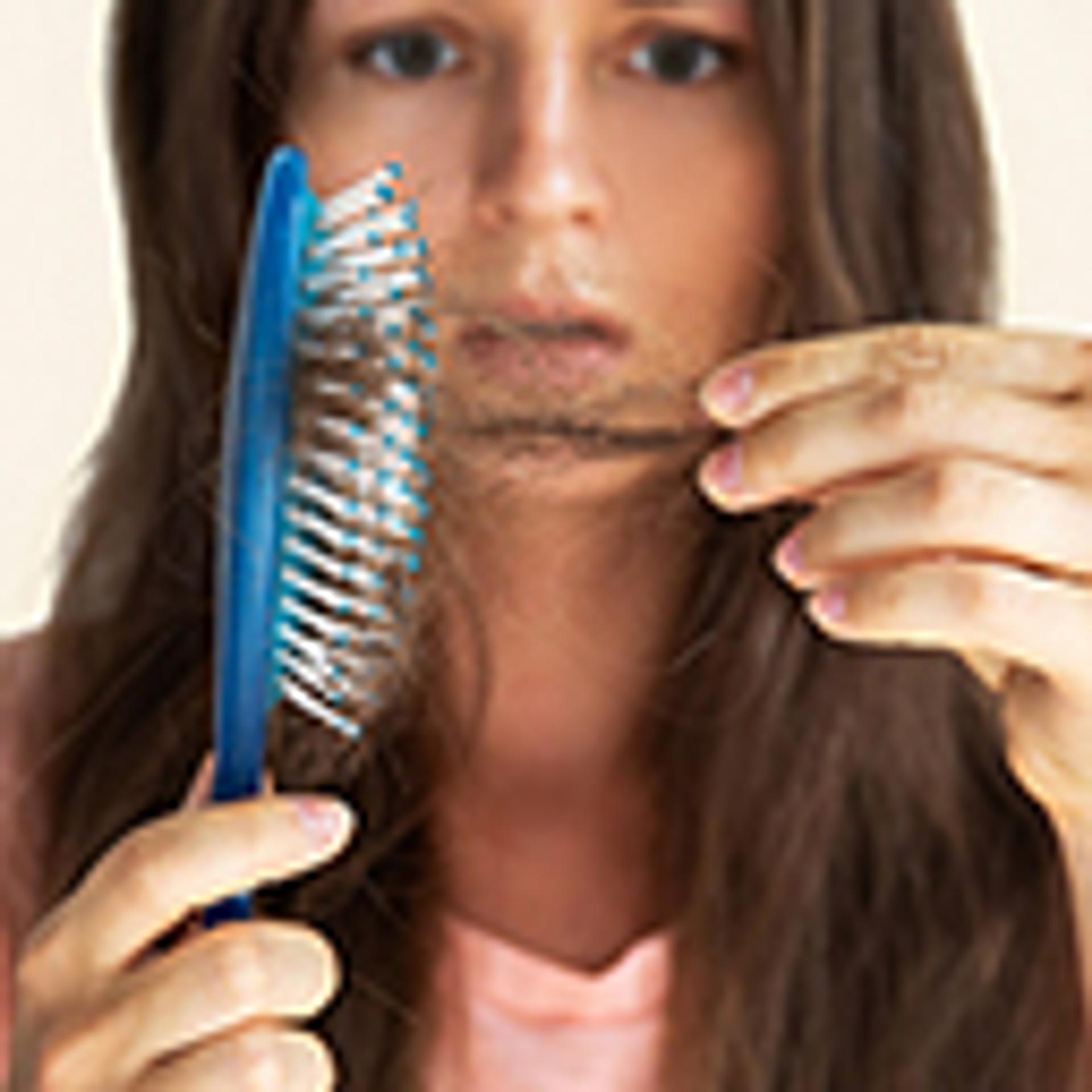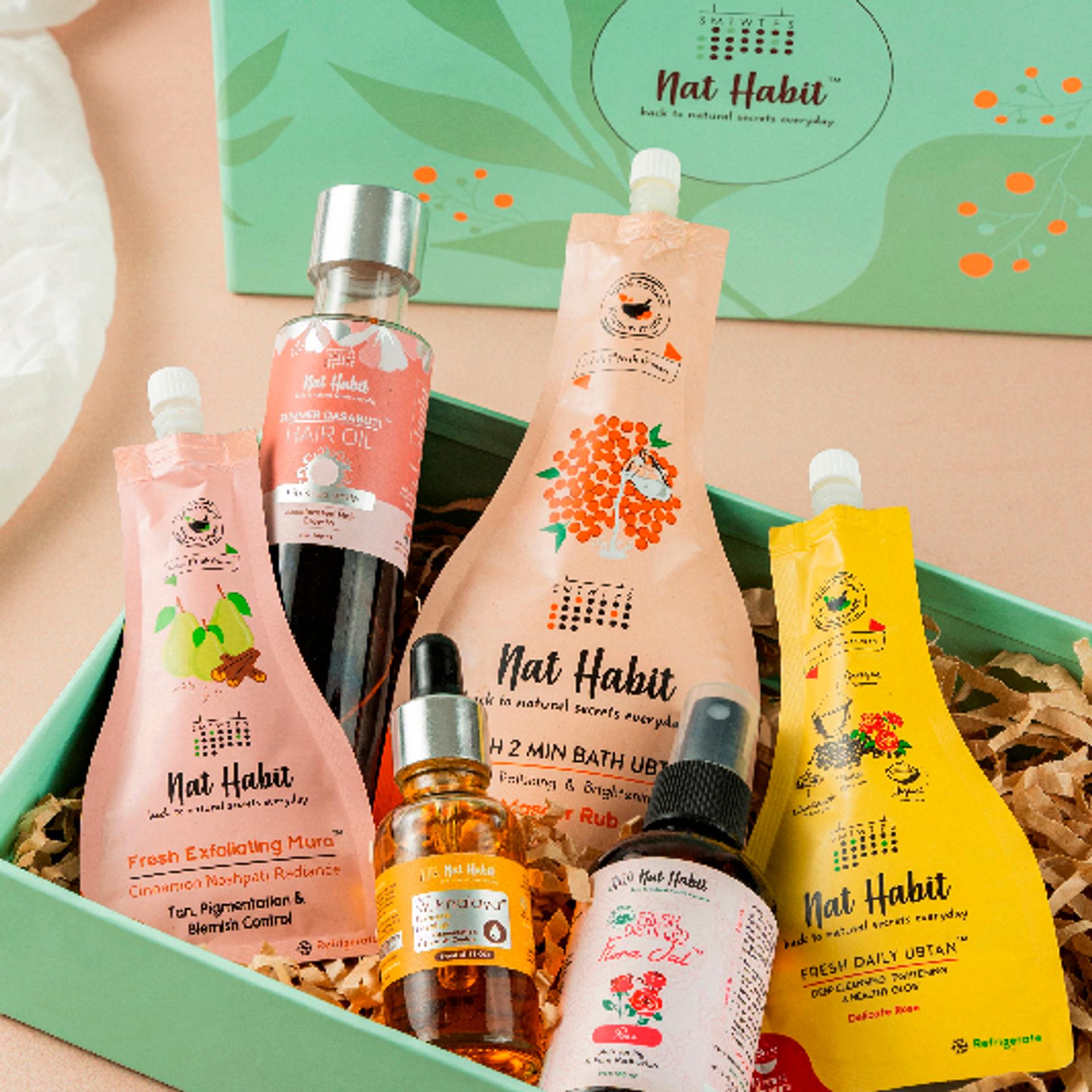Prevent Dandruff & Scalp Infection
With anti-bacterial, oil balancing Ayurvedic herbs
Made Fresh Daily in our Ayurvedic Kitchen
Build Your Anti-dandruff Regime
More Anti-bacterial Picks to Keep Dandruff at Bay
Anti-Bacterial Ingredients
Fresh & whole picks
Scalp Health, Dandruff & More - Unveiling The Science
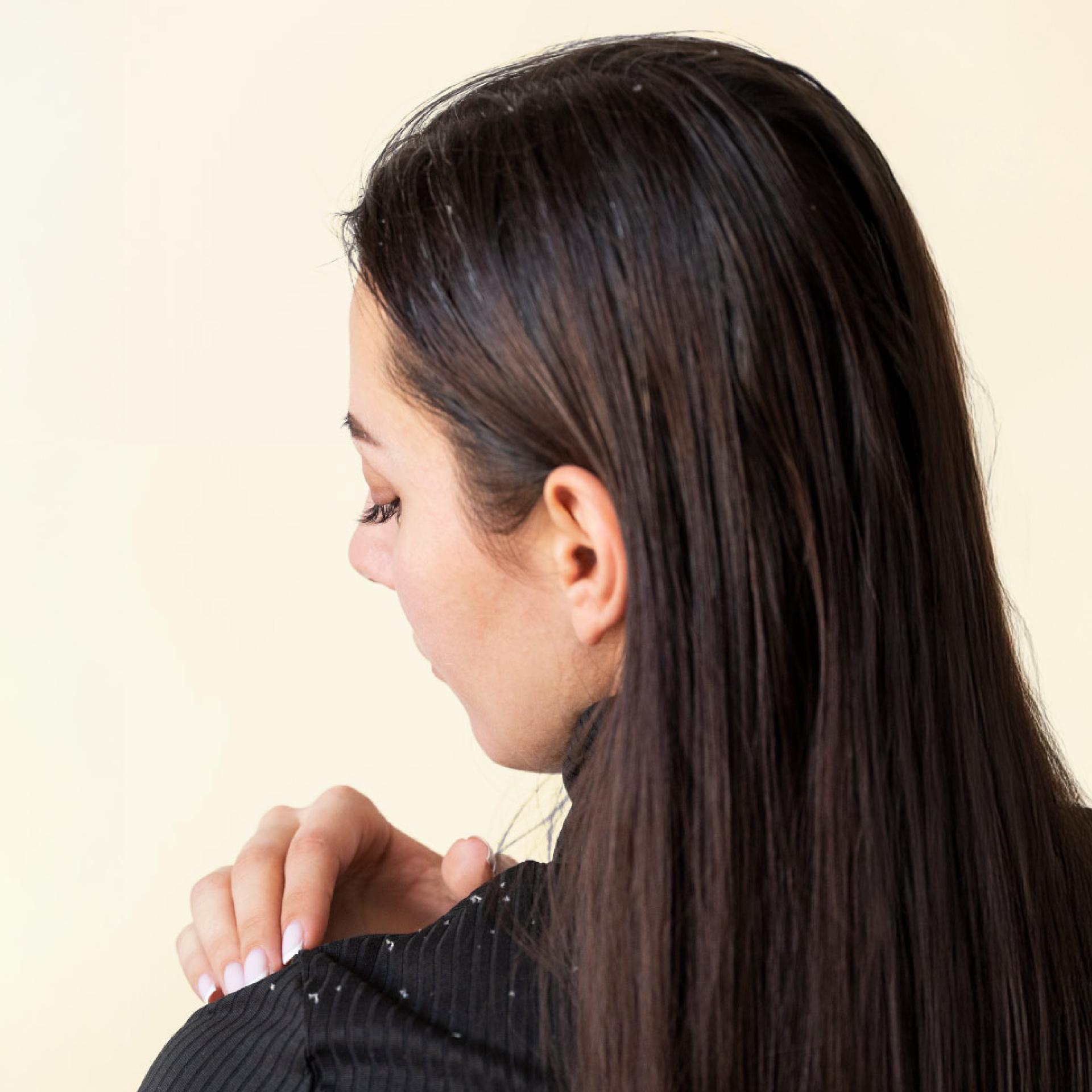
Click to Know More
The Scalp: A Unique Biome of Skin, Sebum, and Microbes
The scalp is not just skin with hair—it’s a highly specialized ecosystem. It has a high density of sebaceous (oil) glands, a distinct microbiome, predominantly Malassezia yeast and constant exposure to external elements (UV, pollution, sweat). A healthy scalp maintains a balance between sebum production, microbial flora, and skin cell turnover. This balance supports optimal follicular function and provides a protective barrier against inflammation, infection, and dryness.
What Really Causes Dandruff: A Trifecta of Yeast, Oil & Skin Sensitivity
Dandruff is not just about dryness - it's a complex condition involving three key factors. Microbial overgrowth: The yeast Malassezia globosa feeds on scalp sebum and breaks down triglycerides into oleic acid. Skin barrier disruption: Oleic acid penetrates the stratum corneum (top skin layer), triggering irritation in sensitive individuals. Accelerated cell turnover: In response, the scalp increases skin shedding - often 2x faster than normal- leading to clumping of dead cells and visible flakes. This process is not contagious, but highly responsive to internal and external triggers like stress, diet, pollution, and harsh haircare products.
Scalp Inflammation: The Silent Enemy of Hair Health
Dandruff is often accompanied by mild to moderate inflammation, even when not visibly red or itchy. The breakdown products from Malassezia can activate keratinocytes (skin cells) to release pro-inflammatory cytokines. This inflammation can disrupt the hair growth cycle, cause micro-scarring of follicles and impair the barrier function, making the scalp prone to infections and further flaking.
Scalp Barrier Function: Lipids, pH & Microbial Harmony
The scalp’s acid mantle (ideal pH: 4.5–5.5) helps regulate, sebum flow, microbial colonization and water retention. Disruption of this acidic environment (from alkaline shampoos, harsh chemicals, or excessive washing) can alter the lipid composition, reducing its ability to retain moisture and resist microbial invasion. When barrier lipids like ceramides, cholesterol, and free fatty acids are depleted, the scalp becomes dry, flaky, and reactive.
Beyond Flakes: How Chronic Dandruff Affects Hair Follicles
Persistent dandruff creates an environment of oxidative stress, inflammation, and poor oxygenation, which affects follicular health: Follicles may remain in telogen (resting) phase longer. Sebum oxidation generates free radicals that damage follicular DNA. Accumulated flakes can trap sweat and debris, clogging follicles and reducing oxygen flow to the dermal papilla, where new hair is formed. Over time, this can contribute to diffuse hair thinning, especially near the crown and hairline.
Caressing Habits
Quick Tips!
✓
Regularly clean hair tools to avoid reintroducing microbes.
✓
Use a wooden comb to evenly distribute natural scalp oils.
✓
Expose scalp to early sun briefly to reduce fungal overgrowth.
✓
Massage your scalp weekly to improve blood flow and exfoliation.
✓
Avoid sharing combs or towels to prevent fungal transfer.
✓
Keep your hair and scalp dry after sweating or workouts.
Breathe Life Into Millions of Cells
With Fresh Ayurveda
Breathe Life Into Your Beauty
Explore our other Categories
We hope you'll like them
